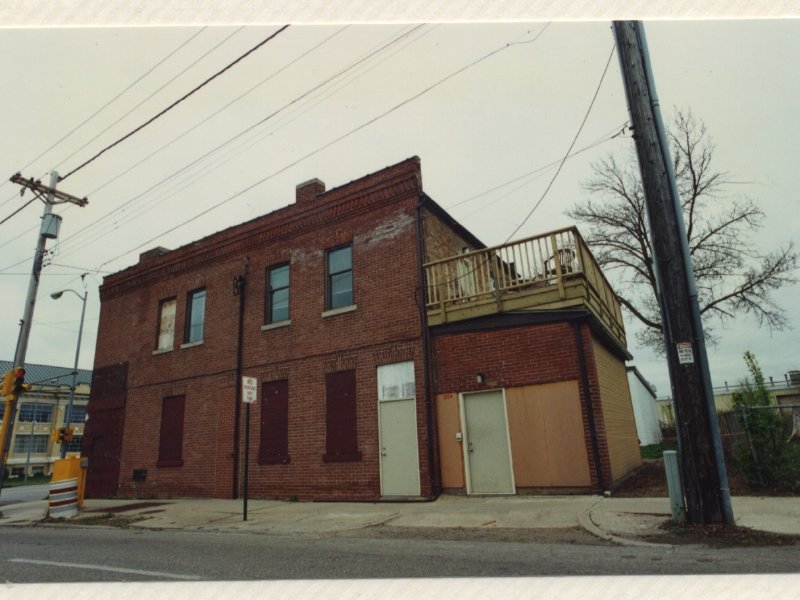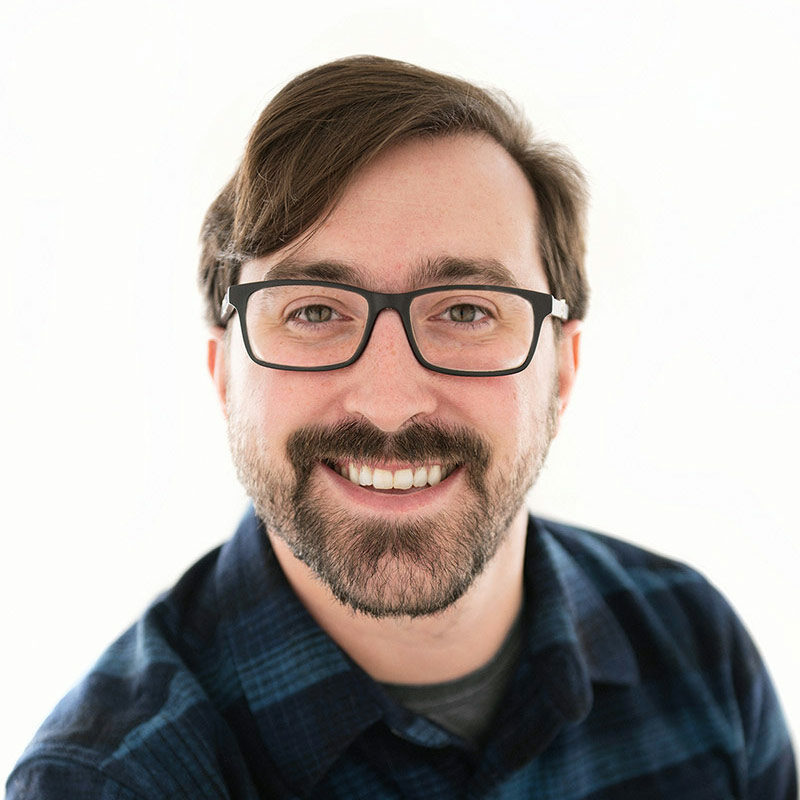Back in the '80s and '90s, Smart Studios – despite its looks on the outside – was one of the most influential places in the Wisconsin music industry, with bands like Nirvana, Smashing Pumpkins and Garbage calling it home. Unfortunately, 28 years after starting up, Smart Studios closed its doors in 2010.
However, the legacy of Butch Vig, Steve Marker and Smart Studios still lives on, and filmmaker Wendy Schneider wants to make sure of that. Back in 2010, the filmmaker began snagging interviews, from the tiny local bands that recorded at Smart to stars like Dave Grohl and Billy Corgan.
The end goal is "The Smart Studios Story," a documentary tribute to the Madison music landmark. To help finish the job, Schneider recently created a Kickstarter page in order to help raise some money (the final goal is $120,000; they've so far received a little over a third of that) for the tedious, difficult and expensive post-production work – the research, the editing, piecing together the story, more editing – now on deck for the film.
Before she digs into the editing booth, however, OnMilwaukee chatted with Schneider about the origins of the project, the film's goals and her own personal stories from her time working at the legendarily loud Smart Studios.
OnMilwaukee.com: Where did this idea come from?
Wendy Schneider: When the studio closed in 2010, I started sitting down with a few local folks, just getting them to share their sentiments about the closing and what the studio meant. And as the stories poured in, I just wanted more stories. It just turned into a four-year, sort of piecemeal guerrilla-style project, including 65 interviews at this point.
It really just started off as almost a lament, asking what it was like. Then I began to learn from the musicians and the artists, and the more people I talked to, the more it just became a really powerful history that was being shared. So then I decided to do a film.
OMC: Were you a fan of the music growing up, or is it just a subject that interests you?
WS: You know, it wasn’t that wasn’t a fan of the music; it’s just none of it was on my radar. I grew up in New Jersey, moved here in 1990 and started working at Smart myself as an engineer in 1992. I started as an intern and then started working at Smart, and then I started my band and opened my own recording studio, Coney Island. It was a really symbiotic relationship.
I worked with some bands in my basement, and then occasionally I would mix those bands at Smart. Or I would work at Smart, and finish a job at my house. But it was really interesting for me now as a filmmaker, taking into account the history that I lived through starting in ’92.
OMC: What was it like working in there?
WS: It was really challenging at first because I didn’t know what I was doing, but the environment was so conducive to young engineers learning their craft. There was a lot of freedom given to people who chose to spend time there. If you were working there part-time or full-time, you always had access to the studios, and people were always around to show you the ropes and get you where you needed to be.
One of the first albums that I recorded was a local ska band called The Weaker Youth Ensemble. I was doing live sound for them at the time, and I went into the studio at midnight to start a free session so that I could use them as guinea pigs. And that’s what we all did; we had these guinea pig bands that would get free recordings, and we’d be able to learn skills.
OMC: What was really the allure of Smart Studios?
WS: It was just this place where there was a level of dedication and a really cool environment in which you could go and make music – and at a price that was affordable for young, independent bands. And that was why you went there. It fostered this DIY ethos. That was inherent in every project and every session and every person that worked there.
OMC: What’s your fondest memory from working there?
WS: Really, I guess I would say the people, but that sounds really lame. I can do better than that.
One of my fondest memories is when Butch Vig came back from recording "Siamese Dream" by The Smashing Pumpkins. Now, he hadn’t done this at the studio, but we were in the new downstairs control room. And Butch came in and played mixes for us, me and the band that I was working with. He just sort of walked in, said "hey" to everybody and asked if he could throw up some Smashing Pumpkins mixes in the control room. All of us just lost it at the sound.
You have moments in a studio: funny ones, weird ones, musically powerful ones.
Another really great memory I have is when I first heard the House of Pain mix that Butch and Steve were working on in the studio. This was before automation. Hearing what they were capable of and how rad it was, how powerful some of their work was. It just drove you to do the same: find a cool band and make a cool record.
L7, when they worked at Smart, the studio had this house rented for them, and it ended up being called the L7 house. When I started working at Smart, I used to have to clean it up after bands. So some of those early memories … I just never wanted to walk into that f*cking house (laughs). I just never knew what I was going to find. The plastic gloves couldn’t have been long enough up my arms.
OMC: From the outside, it looked terrible. Was that a part of its charm?
WS: Outside did look terrible. Inside, the early days of Smart, before it was redesigned, it was just a very comfortable environment. People referred to it as a club house or a living room: brick walls, industrial carpeting, instruments everywhere, a little makeshift kitchen and a great vibe.
They had a soda machine; for 50 cents you could get a soda, and I remember one of the selections was for a beer. You could get, like, a PBR out of there. It was everything that you wanted an environment to be in order to just go into place, feel comfortable, chill out and make a record.
OMC: The studio specialized in grunge and punk music. Why do you think that tailed off in pop culture over time?
WS: The genre just shifted or went further underground in different directions. What Smart Studios was doing in the early ’80s was really connected with the scene at the time and the type of studio that Smart was. In the ’90s, because of the records that Butch was producing, more and more record labels wanted the sound that Butch was giving records and their bands.
So it really changed the course of the clientele. Now you had bands that were mostly signed bands coming in and recording, and when you’re outside the underground, sonically there’s a shift. Things are being produced so that they’re going to be on the radio; a lot of the early bands in Madison could care less about getting on commercial radio stations. They just wanted demos so they could tour.
It just comes with the life cycle of this particular studio. It became a world-class facility with the redesign and the success. Smart really went as far as it could go for a little sh*thole. And then it really just maxed out, and the business model shifted. It’s just sort of the nature of the beast; it just ran its course.
OMC: What is really the final goal for "The Smart Studios Story"?
WS: The goal of the film is really to represent 30 years of independent music history in the Midwest, and to tie that history to the larger picture of American rock history. It's a story that just hasn't been told. Madison, Milwaukee; these cities are linked to the larger picture, and nobody's told that history. And the link, I see, is Smart Studios.
As much as it is a gigantic cliché to say that one has always had a passion for film, Matt Mueller has always had a passion for film. Whether it was bringing in the latest movie reviews for his first grade show-and-tell or writing film reviews for the St. Norbert College Times as a high school student, Matt is way too obsessed with movies for his own good.
When he's not writing about the latest blockbuster or talking much too glowingly about "Piranha 3D," Matt can probably be found watching literally any sport (minus cricket) or working at - get this - a local movie theater. Or watching a movie. Yeah, he's probably watching a movie.







